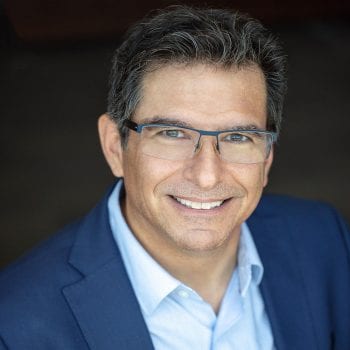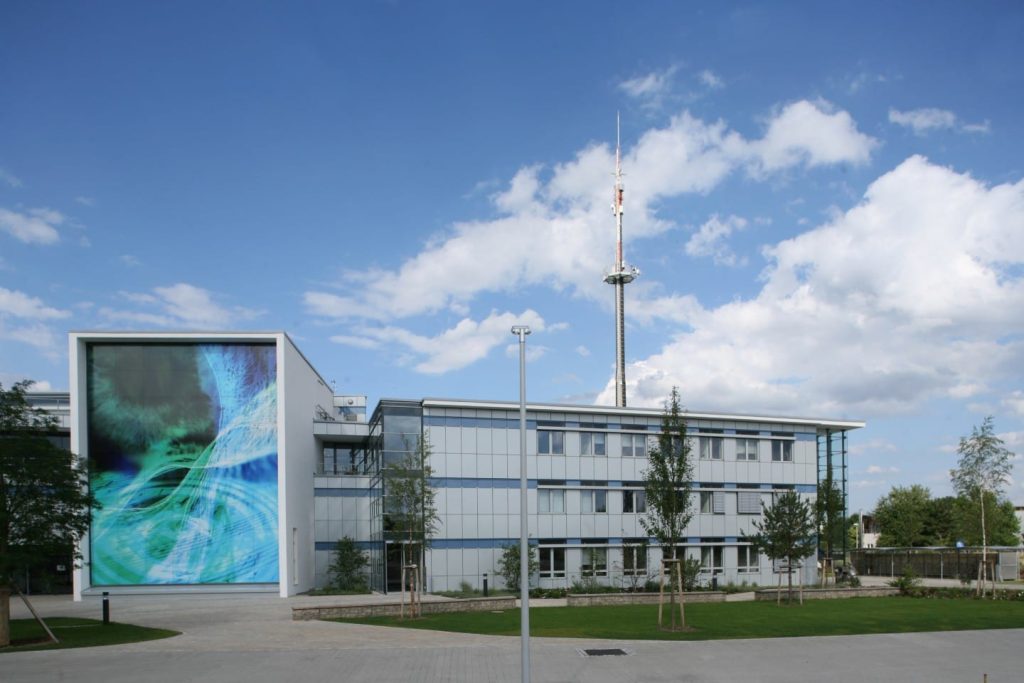Made in Germany, commercialised in Canada, sold everywhere on the planet: that’s the recipe to make low-power wide-area (LPWA) networking, the backbone connectivity technology in the IoT space, finally deliver on its promise of industrial change on a massive scale.
So says BehrTech, the Canadian firm in the middle of that equation, and the one tasked with making the last part of it a reality, by establishing the tech described in the first part as a contender in the IoT space, against the likes of LoRaWAN and NB-IoT. And rarely has the case been put so forcefully, especially for an upstart technology with so much work to do.
“If anyone in Silicon Valley had made those claims, I would have called ‘bull’ on the spot,” says Albert Behr, the company’s chief executive and founder. But it was not Silicon Valley, nor even Canada, his home country; these ‘claims’, about a brand new telegram-splitting over ultra narrowband (TS-UNB) technology (TS-UNB) for industrial IoT sensors, were coming from Germany.
Behr is reflecting on the call he got five years ago from the Fraunhofer Institute for Integrated Circuits (IIS), the Erlangen-headquartered research facility for microelectronics and data systems, which counts notable patents for audio and digital codecs (mp3, AAC, MPEG Surround), established in satellite and terrestrial broadcasting (DRM, DAB, DVB, SiriusXM), among its intellectual property portfolio.
“They were frustrated; they’d built the best wireless communication product in the world, and weren’t getting any traction,” he says. “The thing is, the Germans are the best engineers on the planet. Their attention to detail, their quality – it’s on a completely different level. That has never changed.”

The Fraunhofer IIS invention, TS-UNB, is a low-throughput tech for “last mile” industrial communications. Behr, based in Toronto, holds the licence for it, following their meeting-of-minds five years ago. He reckons TS-UNB, branded as MIOTY by its author and licence holder, will emerge triumphant as the dominant technology in the industrial IoT space, in a two-horse race with LoRaWAN.
The reason? Because it’s a better technology, he argues – better designed and better engineered. MIOTY, as it is presented to the market, is the “first and only” technology to comply with the TS-UNB specification, written by the Fraunhofer IIS and mandated by the European Telecommunications Standards Institute (ETSI).
Such fortified engineering could not happen anywhere else, he reasons; it would have been under-cooked in the US, and made a meal of by investors. Only the serious-minded surrounds of German academia, freer of commercial pressure, could have afforded it such a long gestation. The trouble was how to take it to market.
“They spent a decade and tens of millions developing it. But as good as the Germans are at building technology, they’re not that great at commercializing it. And that’s my expertise – and Canada’s, generally,” says Behr, describing his home town as “the hottest tech market in North America”, a place that hired more software developers than Silicon Valley, Austin, Washington DC, and Redmond combined in 2018.
“We’re cooking, here in Toronto. And you take that combination – the animals in Toronto, and this amazing German engineering. We see each other’s strengths and we cover each other’s weaknesses, and that’s where it started.”

The Fraunhofer IIS sought Behr out, it seems. “I was asked to give a lecture over there,” he says. His résumé includes stints at AT&T, Fujitsu, and Symantec, stationed variously in the US and Asia. His background is product management, he says; more descriptively, it is in building and selling businesses.
He quotes Isaac Newton, in amongst the fighting talk and cliches; he is a natural salesman, no question. “It’s about finding interesting technology, and bringing it to market with the largest companies on the planet. We stand on the shoulders of giants,” he says.
“That’s the model. We don’t want to start at the bottom – you can [achieve scale more rapidly by] helping big companies accelerate revenue, than by growing organically. Typically, what happens is these companies will licence it from you, and ultimately acquire you – which is how I kind of bopped around the world.”
But he has run a consulting practice, from Toronto, for almost two decades – spreading out to all areas of science where we could find interesting IP, to take to the biggest companies.” He comments: “Never confuse where you live with where you make your money. My clients and partners are everywhere else. I put people together, for mutual benefit.”
But when the Fraunhofer IIS came knocking, he chucked it all in, in support of a single partner. “The performance claims they were making were unbelievable – and I understand LoRa, and Sigfox, and Zigbee, and I understand mesh networks, and I understand Wi-Fi and Bluetooth. That’s what I did for years. And these claims that were being made astonished me,” he explains.
We go back to the first quote; they’d be bullshit claims from anywhere else, he says. “You need to bring products to market in two or three years in North America – otherwise the venture capitalists pound you into the earth. These guys spent 10 years, and untold millions, and untold amounts of PhD talent to do it. So the performance claims were something like I’ve never seen before.”
But what are these claims? Actually, we will come back to performance, versus equivalent LPWA technologies; rather, the key aspect for Behr, as he negotiated with the Fraunhofer team, was the fact TS-UNB / MIOTY had been standardized and patented. Behr, a consumate story-teller, picks up the thread.
“These are not proprietary ‘persons’ building their their own thing – it is a standards based product. Also, these are base-level patents, and not high-level, fairly-useless patents. It is rare to see such an aggressive and extensive patent portfolio. You see a patent here and a patent there, but not like this.”
These two factors, plus the performance characeristics, make the technology both scalable and commercially attractive. “It’s not just some little pilot project; it’s the ability to do implementations on a broad basis, and to integrate with legacy systems,” he says.
“Everyone loves talking about new stuff: smart cities, smart everything. But most business is around extending existing technologies – it’s brownfield versus greenfield. And here was a technology that didn’t require rip-and-replace, as with Semtech and LoRa. It’s software – it not just hardware; it’s an industrial IoT overlay, and it simply didn’t exist. It didn’t exist at all.”
But the deal-breaker, three years ago, was when BehrTech and Fraunhofer, newly under contract, took the technology for a run-through with Microsoft’s Azure IoT team in Munich. “That’s what finally lit the fuse, and lit the fuse big.”
He explains: “We showed it to them, and they got the same results we got. It was blow-away astonishing. And I had my Cortez moment – I had to burn my boats. Here I am, with a successful consulting practice for 20 years, and I checked out. I was done.”
Behr, a guest lecturer and professor at a couple of business and engineering schools in Canada (“I am not a PHD, or an engineer, but I teach it – how to build commercialized products, or else kill them before you lose your house,” he says), had one eye on retirement, and more time on leafy academic campuses.
“I had zero intention to start a business. Zero. And then, this reaction in my gut – people have hired me for 30 years for my quote-unquote spidey sense, and that’s what it was. I had to make a decision – which I never did for any clients before, and I never would have in a million years. I had to get serious about this,” he says.
“Because this is the last dance for me, the last rodeo. This has the potential to be not just a worldwide standard, but a worldwide commercial or defacto standard. And that almost never happens.”
To be continued…
